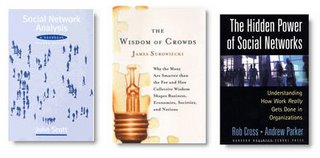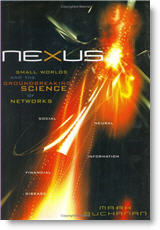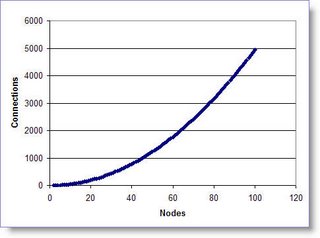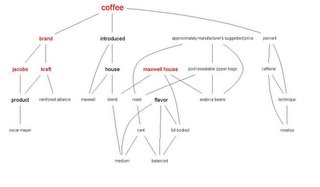
Seth Earley pointed me towards a book my Stewart Brand “How Buildings Learn” – it’s fair to say that I’ve been consumed by it for the last few weeks – members of my family avoid making eye-contact with the whispered prayer – “Please God don’t let him start up about buildings & time!”
The book is full of surprises but perhaps its most intriguing central idea describes the interaction between buildings and their occupants through time. It seems too obvious to state that we change buildings but in many and varied ways buildings also change how we go about our activities. Brand provides a model for the various layers of interactions and excahnges between buildings and their occupants. He makes the point that these layers can be divided into two broad categories characterized by the timeframes in which they play out. On one hand there are aspects of a building, such as its site and foundation, that change only slowly or not at all; on the other hand there are the fast-changing furnishings, draperies, and wall coverings that are expected to change relatively frequently. A critical insight – the slow-changing features of a design constrain the fast-changing elements.
Brand offers example after rich example of how this plays out in practice and opens a window onto some very juicy questions. Specifically, given that internal “spaces” will be modified to meet evolving needs, and given that via social networks analysis we are beginning to undersatnd how people and organizations interact in detail, what is the best space planning strategy to achieve better collaboration, organizational agility, creativity, productivity etc.?
My initial searches for answers to these questions has come-up short. There are quite a few resources that describe the advantages of modularized space and furniture designs. However, the main measurable advantages seem invariably related to the lowered (facilities) costs associated with reconfiguring work spaces as individual jobs and organizational responsibilities change. Exactly how work spaces should be designed to meet defined organizational challenges seems to be open to a good deal of conjecture and anecdotal commentary (e.g. communal spaces are valuable for collaboration, window-views to the outside are good for morale…with little or no evidence).
It is interesting to make some guesses about the future of space planning in the context of mappable social networks. Functional responsibilities within organizations can be divided into two broad categories – PROCESS and, CONTROL. The basic idea is the Process groups perform well defined tasks within a specific area while Control groups regulate activites/communication over multiple functions - with lots of opportunity for ambiguity and confusion!
Even though it may not be possible to predict exactly the future relationship between social networks and space planning it is possible to know what roadsigns to look for –
- Link Processes and Control - that is, physically arrange organizations so that members of a Control group are close to where the Processes they are responsible for are located. There are many examples where this happens already - Finance and HR will often have personnel imbedded in departmental offices. But, how often does Marketing, Regulatory Compliance interface directly with Production, R&D...
- Systematic Reviews – Organizations conduct periodic Communication reviews the same way we hold Design and Performance reviews today.
- Connect Virtual and Real – Establish non-virtual connections between centralized and remote employees. Are there desks reserved for field employees so they aren’t just visitors at the corporate office?
- Competitive Communication – Is there one person within a department that is responsible for communicating and updating the competitive status of the group? How are we doing against our group goals? Where are we not getting the tools and information we need?
Your turn…















 The relationship between the number of families in the community (with kinship to the core grandparents) and the amount of time available for social interaction on a daily basis is as follows.
The relationship between the number of families in the community (with kinship to the core grandparents) and the amount of time available for social interaction on a daily basis is as follows. What matters here is the overall shape of this curve - as the community size increases the time available for building bonds of cohesion, and social grooming between community members, decreases dramatically. Up to five families there is so much time available that it may seem like the community is truly just "one big family". But, at some point (around 9 families) there is a subtle transition where individuals will have to consciously/unconsciously decide to socially groom and bond-with members of a sub-group (their kin) rather than the community at large.
What matters here is the overall shape of this curve - as the community size increases the time available for building bonds of cohesion, and social grooming between community members, decreases dramatically. Up to five families there is so much time available that it may seem like the community is truly just "one big family". But, at some point (around 9 families) there is a subtle transition where individuals will have to consciously/unconsciously decide to socially groom and bond-with members of a sub-group (their kin) rather than the community at large.










